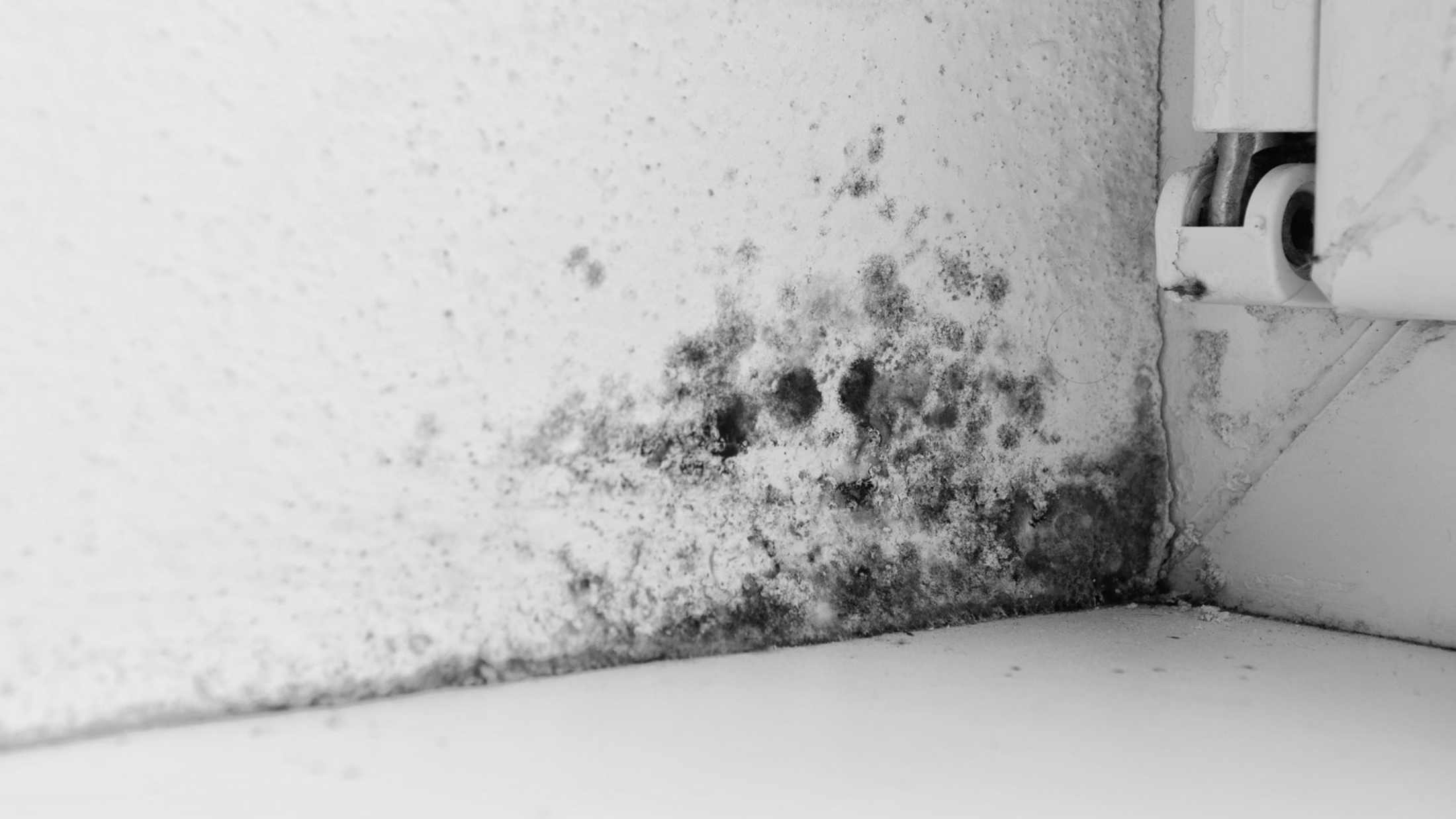Your home is the place where you should always feel safe and comfortable. So, when pests like wood-boring beetles arrive, it’s essential you know how to deal with them.
But what is a woodworm? This is the name for the larvae form of a wood-boring beetle. These small insects are a common sight in homes across the UK. You’re most likely to see woodworms between early spring to mid-autumn, where they’ll make their home in any untreated timber they can find - whether that’s inside or outside your home.
The best way to avoid infestations of woodworm beetles is to spot the first signs and act fast. So, if you’re wondering what woodworms look like, or wonder if you've spotted some in your home, our guide can help you keep your property safe from damage.
In this section:
- Lifecycle of woodworms
- Types of woodworm
- How to identify a woodworm infestation
- How to tell if a woodworm is active?
- How to treat woodworm infestation
- Is woodworm damage covered by my insurance?
Lifecycle of woodworms
To make sure woodworm larvae don’t take up residence on your property, it’s worth knowing exactly how they develop.
The typical life cycle of woodworms is over three to four years. During that time they will grow while feeding on any untreated timber.
The next stage of a wood-boring beetle’s growth cycle is to move from larvae into a beetle form. They’ll keep eating parts of a home’s timber, too. This part of the beetles’ life cycle is when you can see serious damage to your home’s structure and their feeding can leave a whole web of tunnels behind them.
This is why looking out for woodworm eggs is a must for any homeowner or tenant.
Types of woodworm
Lots of different types of woodworm can invade your home. Here are 4 common pests to look out for and the types of wood you’re most likely to see them in:
-
Common furniture beetle
Pill-shaped and around 4mm long, common furniture beetles have a light green and brown colouring. You're most likely to see them in young hard and softwoods, especially moist or humid buildings. -
Deathwatch beetle
Mottled with light and dark brown, and about 7mm long, the deathwatch beetle has a furry texture. This insect prefers to burrow in rotting hardwoods like elm or oak. -
House longhorn beetle
This dark brown insect grows up to 2cm long, has long antennae, and white hairs over its back. You're most likely to see them in young softwoods, usually in new-build homes. -
Wood boring weevils
Red and brown insects making their home in very rotten timber? They're probably wood boring weevils. Growing up to 5mm long, wood boring weevils create oval-shaped tunnels ajust below the wood's surface.
How to identify a woodworm infestation?
So, what are the warning signs of woodworm in your furniture? Looking out for these tell-tale signs of woodworm infestation will help you stop the issue in its tracks:
- Small round holes in your woodwork, typically 1mm to 2mm in diameter.
- Fine, powdery droppings close to the holes in furniture or skirting.
- Crumbling edges to your skirting boards.
- Small tunnels in wood throughout your house.
- Timber and flooring becoming weaker or giving way.
The early signs of woodworm aren't always visible as they happen inside your timber. But by keeping an eye out for things like dead woodworm beetles, small droppings, and woodworm holes in furniture can help you stop the infestation before it gets any worse.
How to tell if a woodworm is active?
If you've spotted some signs of woodworm, it's time to find out whether woodworm is active in your home. The droppings active woodworm leave behind are called frass. Frass looks like a fine, powdery dust and seeing it alonside small holes in timber is a clear sign you have active woodworm in your furniture.
Another way to check whether woodworm is active, is to fill woodworm holes with beeswax, or leave a mark with a felt tip pen on the holes left in furniture. If you see continued damage, you’ll know the insects are active.
How to treat a woodworm infestation?
When you know the woodworm in your home is active, it's time to treat it. But how do you treat woodworm? The answer depends on where the damage is - smaller spaces like furniture, or larger areas deep into the timber.
Surface treatments (furniture woodworm)
To treat woodworm in furniture, try spraying a woodworm treatment that’s made with permethrin. Apply it to any area where you’ve seen signs of woodworm, and re-apply regularly. You might also want to treat any nearby timber to protect your home from more woodworm issues.
Permethrin is an insecticide, so you'll need to use it carefully. Always follow the safety instructions on the product's label.
Injection treatments (timber woodworm)
For insects deeply embedded in your home’s timber, use woodworm treatment gel alongside a surface spray. To apply this product, drill into infestation areas and fill the hole with treatment gel.
Not sure about DIY woodworm treatments? You can always get in touch with a local pest control professional for help.
Is woodworm damage covered by my insurance?
Your AXA home insurance policy doesn't cover damage caused by woodworms.
We hope our handy guide has given you everything you need to know about treating woodworm in your home.












